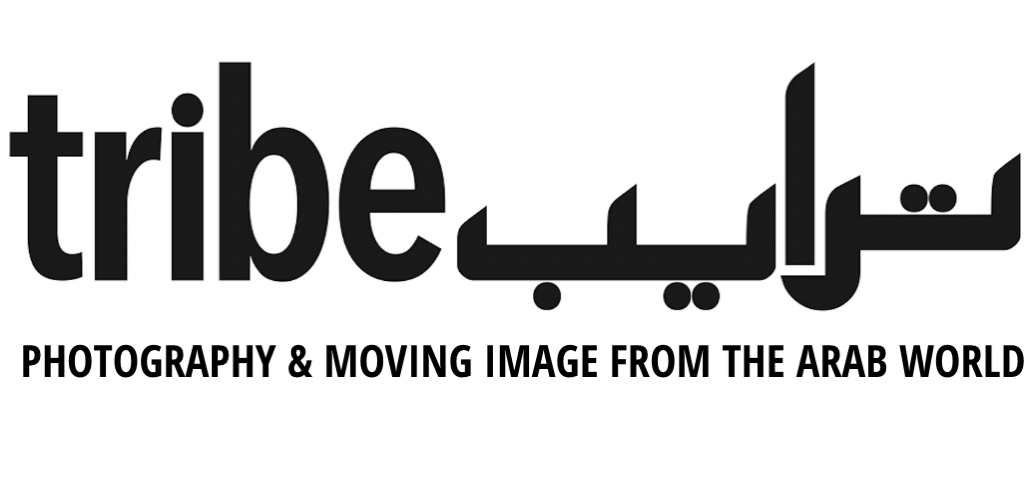Rania Matar: an Image and Her Woman
Complex dynamics of evolving feminine identities
Rania Matar, Charlotte at 11, from the series Becoming (2012) Beirut, Lebanon.
With text by Stella N. Peisch, researcher and consultant with a focus on post-conflict, memory, and dynamics around death in the Middle East.
In January 2020, an exhibition opened at the American University of Beirut (AUB) of Rania Matar’s photography. The exhibit, entitled An Image and Her Woman, is comprised of photographs from five different series that Matar has been working on over the years. The images, all of females ranging from pre-puberty to maturewomen, call into focus complex relationships of intimacy, privacy and space.
Matar, a Lebanese mother of daughters who is raising her family in the United States, photographs her subjects in both the United States and Lebanon. The images acutely capture privacy and intimacy simultaneously, calling into question the dichotomy between the two. As the photographer, Matar has been invited into spaces where these two exist in unison—not only as she photographs girls at their homes and in their bedrooms, but also as she captures dynamics between daughters and mothers, as well as between girls and their changing relationship to their bodies.
The photograph of a girl named Charlotte in Beirut captures this in a particularly powerful way. In the photo, Charlotte at 11, she is sitting perched between two large maroon pillows in a striped tank top. Behind her there is a black-and-white photograph of a woman resting in profile in a similarly-striped bathing suit. This black-and-white photograph is of Charlotte’s mother, taken years before. The photograph captures a temporal transition: of a young girl, with her mother as not-yet-a-mother captured in an image behind her, staring off into the future, unaware of the daughter she would one day have and pose in front of this photograph of her. Another image is of Alia, photographed in Bourj El Barajneh refugee camp in Lebanon. Alia is photographed in front of a pink door, dressed in a cartoon tank-top. While she is a slight girl of nine years old, etched across her face is an expression of calm agency and confidence that seems to extend past her age.
The images in the exhibit all remind the viewer of the multifaceted nature of girl-/woman-hood: as a daughter, mother, child, and adult, all at once. Matar wordlessly manages to capture the immense power and potential of the transition from girl to woman, and her ability to capture such moments of transformation through a medium that usually conveys stillness is emblematic of her talent.
January 20 to February 15, 2020
Rania Matar, Alia, 9, from the series L’Enfant Femme (2011) Bourj El Barajneh Refugee Camp, Beirut, Lebanon.



